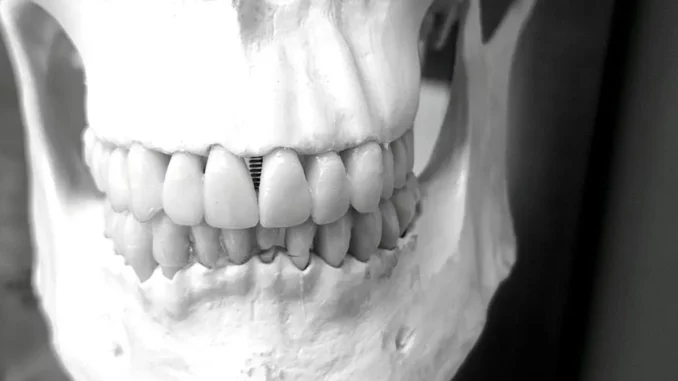
In a recent dialogue with Dr. Sophie Lin, a prominent researcher at the Hospital of Stomatology, Guanghua School of Stomatology, I had the privilege of exploring a pioneering study featured in BME Frontiers. Dr. Lin played a crucial role in the development of a novel artificial intelligence model, and she provided an in-depth account of the journey and challenges encountered by their team. The research, spearheaded by Zhuofan Chen and Xinchun Zhang, among others, heralds a significant shift in the quantification of maxillofacial traits.
Dr. Lin began by highlighting the critical importance of accurate maxillofacial quantification in clinical settings. “In our practice,” she explained, “precise measurements of the maxillofacial region are essential for procedures such as dental implant placement, orthodontics, and craniofacial surgery. Historically, these measurements have been carried out manually, which poses challenges in terms of subjectivity and time consumption.”
To address these challenges, the team developed an AI model employing deep learning techniques, specifically utilising the ResNeXt-101 architecture. This model, trained on an extensive dataset of three-dimensional images, automatically quantifies various maxillofacial traits. This advancement promises to significantly enhance both precision and efficiency in clinical applications. “The ResNeXt-101 architecture was selected for its robustness in handling complex patterns,” noted Dr. Lin. “Given the variability inherent in the maxillofacial region, capturing its nuances requires sophisticated modelling. The AI’s capacity to learn from a vast dataset enables it to recognise anatomical variations that might be overlooked by manual methods.”
A notable feature of this AI model is its demographic parity-based strategy. Dr. Lin explained the team’s awareness of potential biases arising from demographic factors such as sex, age, and tooth status. “We undertook a comprehensive model auditing process,” she explained, “to identify sensitive demographic attributes. By updating our dataset and models based on these attributes, we ensured that the AI’s predictions remained fair and unbiased.” The results, demonstrated through Bland–Altman plots and scatterplots, revealed a remarkable correlation between the model’s predictions and clinicians’ measurements. “It’s gratifying to witness the AI’s performance align so closely with expert assessments,” Dr. Lin remarked, clearly pleased. “This level of agreement underscores the model’s reliability and accuracy.”
As the conversation shifted to the potential implications of this technology, Dr. Lin expressed optimism about its future applications. “This AI model is more than just a measurement tool; it serves as a foundation for developing more personalised treatment plans and enhancing diagnostic capabilities,” she articulated. “With ongoing refinement and development, the possibilities are virtually limitless.” The discussion naturally expanded to the broader role of AI in medicine. Dr. Lin acknowledged the rapid evolution of AI technologies and the necessity for continuous research. “AI is reshaping the way we tackle medical challenges,” she observed. “Our study is just one instance of how AI can be leveraged to improve patient outcomes. However, it is crucial to remain vigilant about ethical considerations, particularly concerning bias and fairness.”
Throughout our conversation, Dr. Lin’s dedication to her work and her commitment to advancing medical science were evident. Her insights painted a vivid picture of a future where AI not only assists clinicians in making more accurate and efficient decisions but also contributes to a more equitable healthcare system. As our discussion concluded, I inquired about Dr. Lin’s hopes for the impact of their study on the medical community. “Our primary aim,” she reflected thoughtfully, “is to demonstrate the potential of AI to enhance clinical practice. We hope our work inspires further collaboration and innovation in the field, ultimately improving patient care on a global scale.”
This groundbreaking study, as described by Dr. Lin, represents a considerable leap forward in the field of maxillofacial quantification. The integration of AI technologies holds the promise of transforming not only stomatology but the entire landscape of medical diagnostics and treatment planning. As these technologies continue to evolve, they pave the way for a future where precision, efficiency, and fairness are at the forefront of healthcare.


Be the first to comment